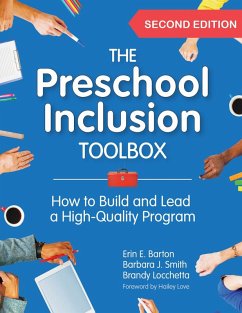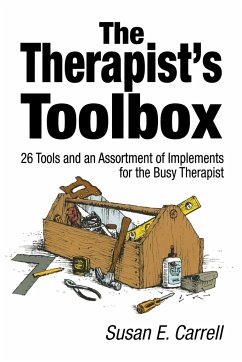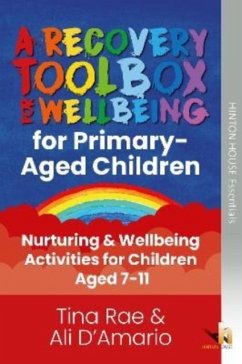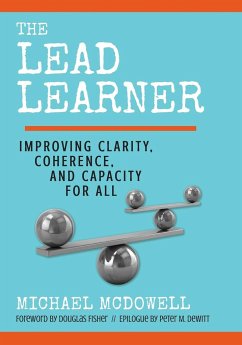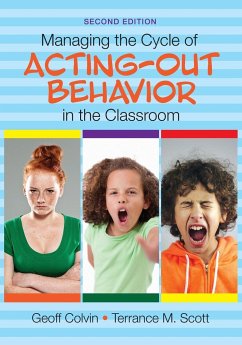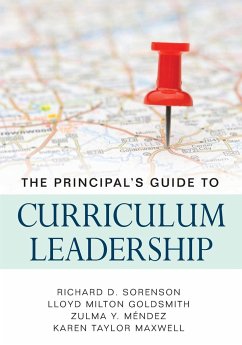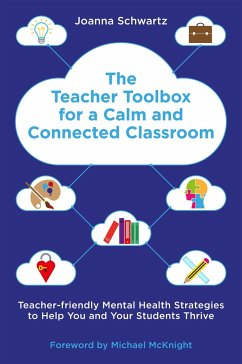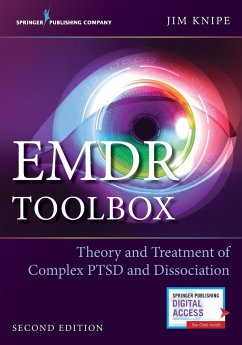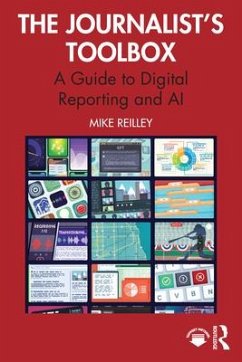Nicht lieferbar
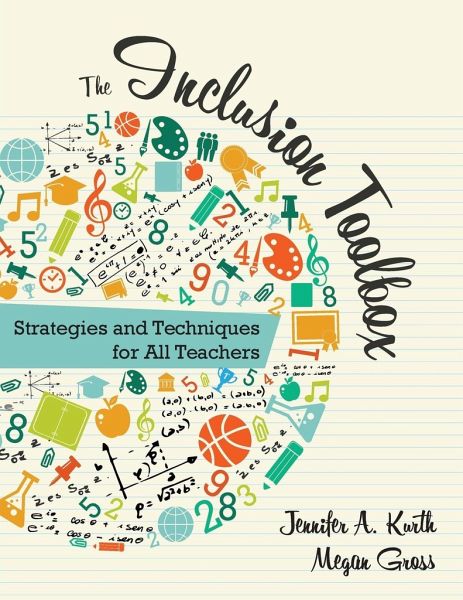
The Inclusion Toolbox
Strategies and Techniques for All Teachers
Versandkostenfrei!
Nicht lieferbar
Even the most experienced educators struggle with the challenge of designing and delivering meaningful inclusive practices in their school communities and classrooms. How can you deliver meaningful learning experiences that meet the needs of ALL students? The Inclusion Toolbox is an all-in-one resource that combines research-based strategies and practical tools to help teachers design and implement a truly inclusive education program. The Inclusion Toolbox features materials relevant to all grades, disabilities, and stages of implementation, and is organized in a way that allows teachers to start at multiple entry points. Readers will discover: Step-by-step plans for implementing new programs through teambuilding and leadership Guidance on how to maintain, strengthen, and expand existing inclusive programs Strategies to empower and involve families, students with disabilities, and their peers Techniques to create effective and complementary schedules Tools to assess student interests, develop adaptation plans, encourage students to participate in extracurricular activities, and more With user-friendly online resources and practical strategies, this comprehensive guide will help you expand your toolbox, inspire your students, and make inclusion a reality!






